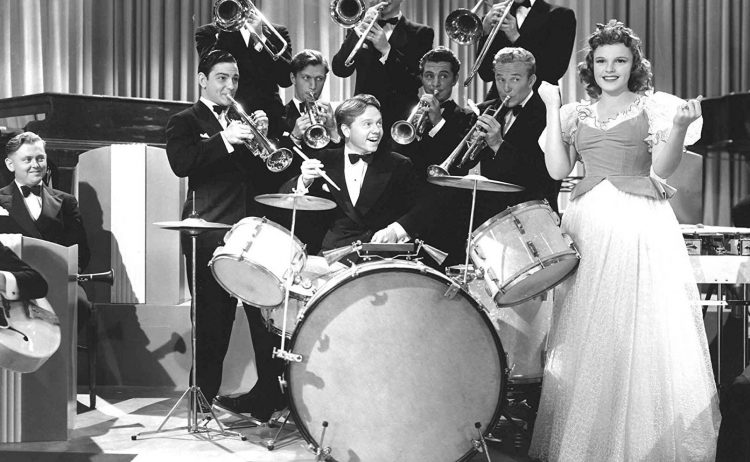Overview of 1940s Music
The 1940s was a dynamic decade in music, deeply influenced by World War II and the post-war era. This period saw the rise and dominance of big band swing, the early foundations of rhythm and blues, and the beginnings of rock and roll.
Key Genres of the 1940s
- Swing & Big Band Jazz
- The early part of the decade was dominated by swing music, led by big bands such as those of Glenn Miller, Benny Goodman, Duke Ellington, and Count Basie. Swing was a dance-oriented genre that kept morale high during the war years.
- Popular songs included “In the Mood” (Glenn Miller), “Sing, Sing, Sing” (Benny Goodman), and “Take the A Train” (Duke Ellington).
- Traditional Pop & Vocal Jazz
- As the war ended, the big band era faded, and crooners took the spotlight.
- Artists like Frank Sinatra, Bing Crosby, and Nat King Cole became dominant voices, known for their smooth vocal delivery.
- “White Christmas” (Bing Crosby) and “I’ll Never Smile Again” (Frank Sinatra) were massive hits.
- Rhythm and Blues (R&B)
- Emerging in the late 1940s, R&B was rooted in jazz, gospel, and blues.
- Artists like Louis Jordan & His Tympany Five pioneered jump blues, which later influenced rock and roll.
- Songs like “Choo Choo Ch’Boogie” (Louis Jordan) set the stage for future developments in music.
- Country & Western
- Country music, still evolving, saw the rise of Hank Williams, Ernest Tubb, and Bob Wills.
- Western swing blended jazz and country elements, and honky-tonk became a staple of country music.
- “Move It On Over” (Hank Williams) was an early influence on rock music.
- Blues & Early Rock Influences
- Post-war blues saw the rise of Muddy Waters, Howlin’ Wolf, and T-Bone Walker, shaping what would become electric blues.
- This era’s blues innovations contributed directly to the birth of rock and roll in the 1950s.
Cultural and Historical Impact
- Wartime Influence: Many songs were written to boost morale for troops and those on the home front.
- Technological Changes: The introduction of the 33 1/3 RPM LP (long-playing record) in 1948 revolutionized how music was consumed.
- Rise of Solo Artists: With the decline of big bands, solo artists took center stage, paving the way for the golden age of pop vocalists.
Legacy of 1940s Music
The 1940s laid the groundwork for multiple genres that would flourish in the following decades. From the decline of big bands to the birth of rhythm and blues, it was a decade of transition that shaped modern music.


Leave a Reply